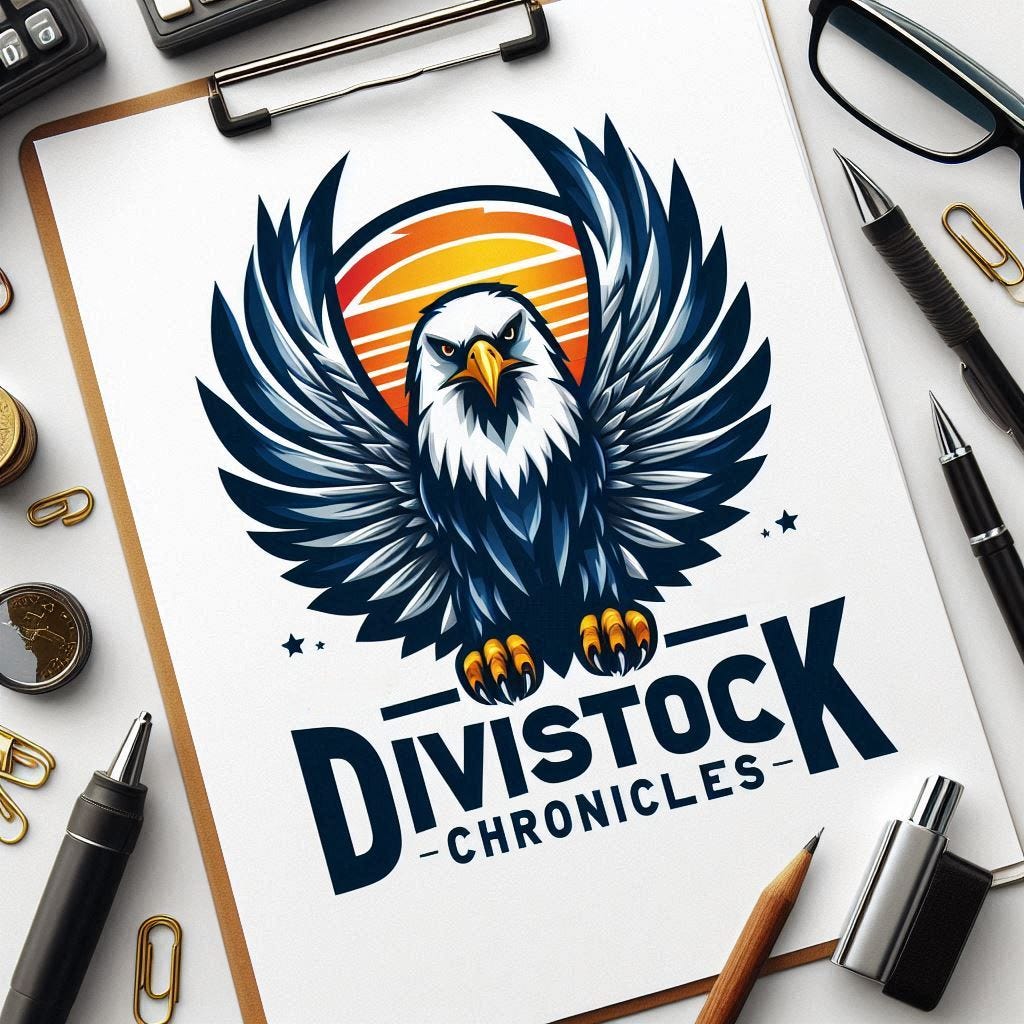Take One - Random Investing Notes
A collection of insightful investment pieces to broaden knowledge and elevate the investing mindset. Includes: MOATs, Portfolio Recession Crashes, Capital Allocation, CDN vs US Dividend Growers.
MOAT
A moat refers to a company's sustainable competitive advantages. The wider the moat, the more durable the company's advantage over its competitors.
Switching Costs: High costs or inconvenience for customers to switch to competitors.
Examples: Royal Bank of Canada (RBC), any high-quality financial institution in a tightly, regulated market.
Intangible Assets: Strong brands, patents, or licenses that limit competition.
Examples: Waste Connections Inc. (WCN), Coca-Cola Co. (KO)
Network Effect: Value increases as more people use the product or service.
Examples: Alphabet Inc. (GOOG), Visa (V), Mastercard (MA)
Cost Advantage: Ability to produce goods or services at a lower cost than competitors.
Examples: Canadian National Railway Co (CNR/CNI), Wal-Mart (WMT)
Efficient Scale: Operating in markets that are only profitable for a few companies.
Examples: Enbridge Inc. (ENB)
Portfolio Crashes during Recessions
Portfolio composition is crucial. You are more susceptible to significant losses during these times if you are consistently involved in one of the following scenarios:
More than 50% of the portfolio invested in a single stock (Nortel, Blackberry, Citigroup, this time around it could be NVDA)
More than 50% of the portfolio invested in a single sector (tech stock in 1999, oil stocks or financial stocks in 2008, this time around it could be tech and/or financials again).
The Global Financial Crisis (GFC) began in mid-2007. The market bottomed out during this period on March 6, 2009 (noted by black box in image below), when the S&P 500 index hit its lowest point.
Balanced portfolios, typically comprising 50% equity and 50% fixed income, experienced negative returns between -15% and -18%, while growth portfolios, with over 75% in equity, saw declines of approximately -22% to -25%. It may surprise you to learn that both Walmart and McDonald's held strong throughout this period. A well-diversified portfolio significantly mitigates the risk of severe losses; the notion of losing 80% is largely unfounded. In reality, the maximum loss on a diversified portfolio in a substantial market downturn would likely not exceed 30%.
Dividend Growers Outshine
Dividend growth, rather than dividend yields, serves as one of the most robust defenses against inflation and interest rate hikes. The provided table illustrates the superiority of dividend growers over others. Assuming dividends continue to hold their significance, we can expect similar effects in the future.
Choosing companies that consistently raise their dividends can safeguard your income against inflation. Dividends frequently constitute a significant portion of total returns, thereby creating a potent effect of compounding.
Options to Capital Allocation
Capital allocation in investing denotes the strategic distribution and investment of financial resources to enhance their impact and productivity. This process encompasses the identification of investment prospects, establishment of financial objectives, evaluation of risk versus return, ranking of investment priorities, distribution of assets, and the oversight of performance. The end goal is to generate shareholder value. Some methods include:
Dividends
When a business is profitable, it can use that money to reward shareholders with dividends.
Share Buybacks
A business can use excess cash from its profits to purchase its own shares. Owning shares in companies that engage in buybacks can increase your ownership stake.
Managing Debt
Maintaining a strong balance sheet is fundamental to a business's stability. When you own companies that have more assets than liabilities, you hold what's termed as shareholders' equity. This equity represents the assets that remain for shareholders after settling all debts. In the event of a company's liquidation, these are the assets that would be distributed among the shareholders.
Mergers and Acquisitions (M&A)
M&As can be beneficial if synergies are realized. However, there are several associated risks that must be considered, such as cultural conflicts, overvaluation, opportunity costs, and the assumption of additional debt, among others.
Capital Expenditures
Investing in physical assets like property, plant, and equipment to improve operational efficiency or expand production capacity.
Canadian vs. US Dividend Growers, as of 2024
Highlighted below are some strong dividend growers to date across each major sector, beginning with Canadian companies:
And American companies:
Consider joining DiviStock Chronicles’ Referral Program for more neat rewards!Please refer to the details of the referral program.











